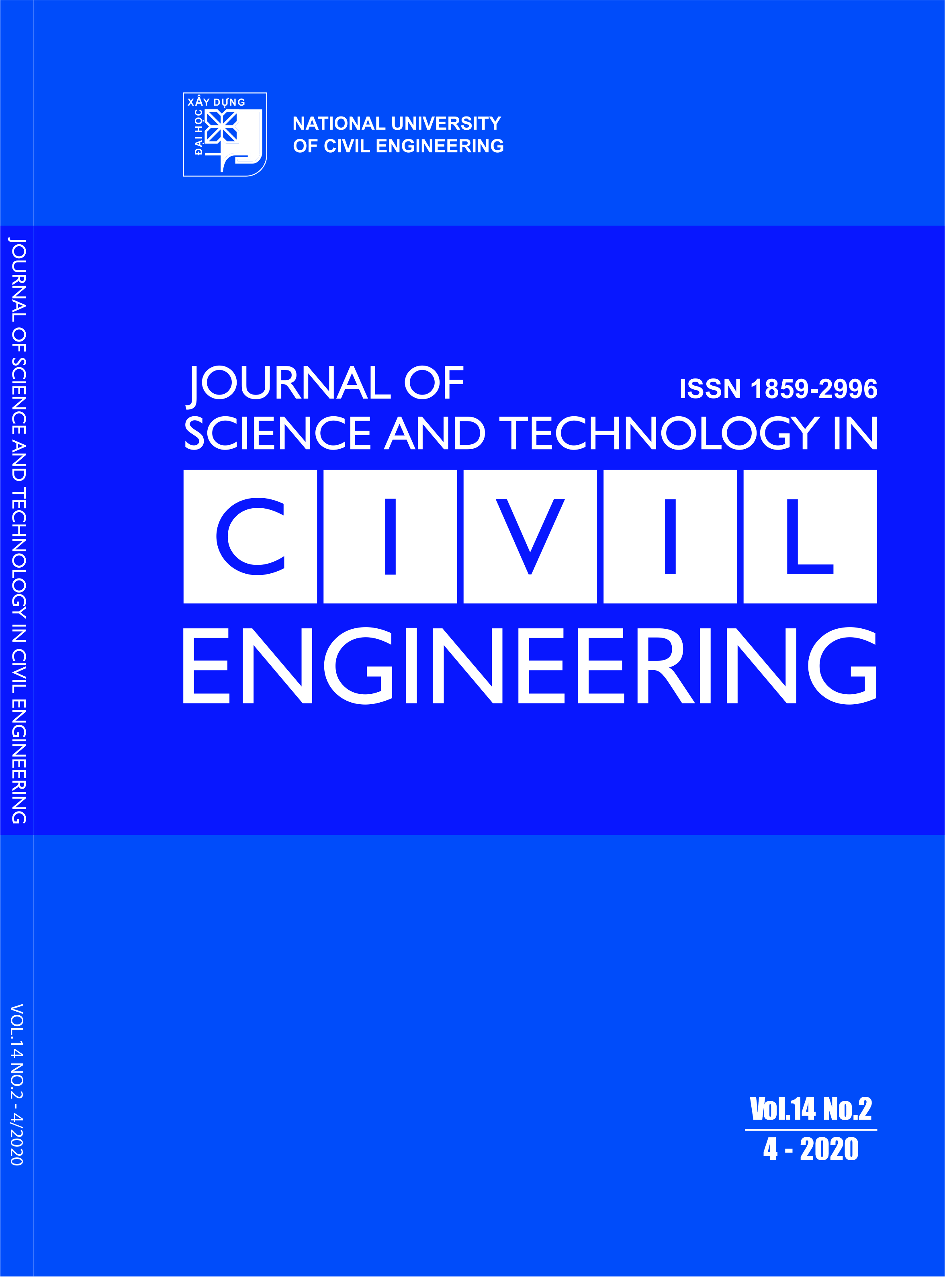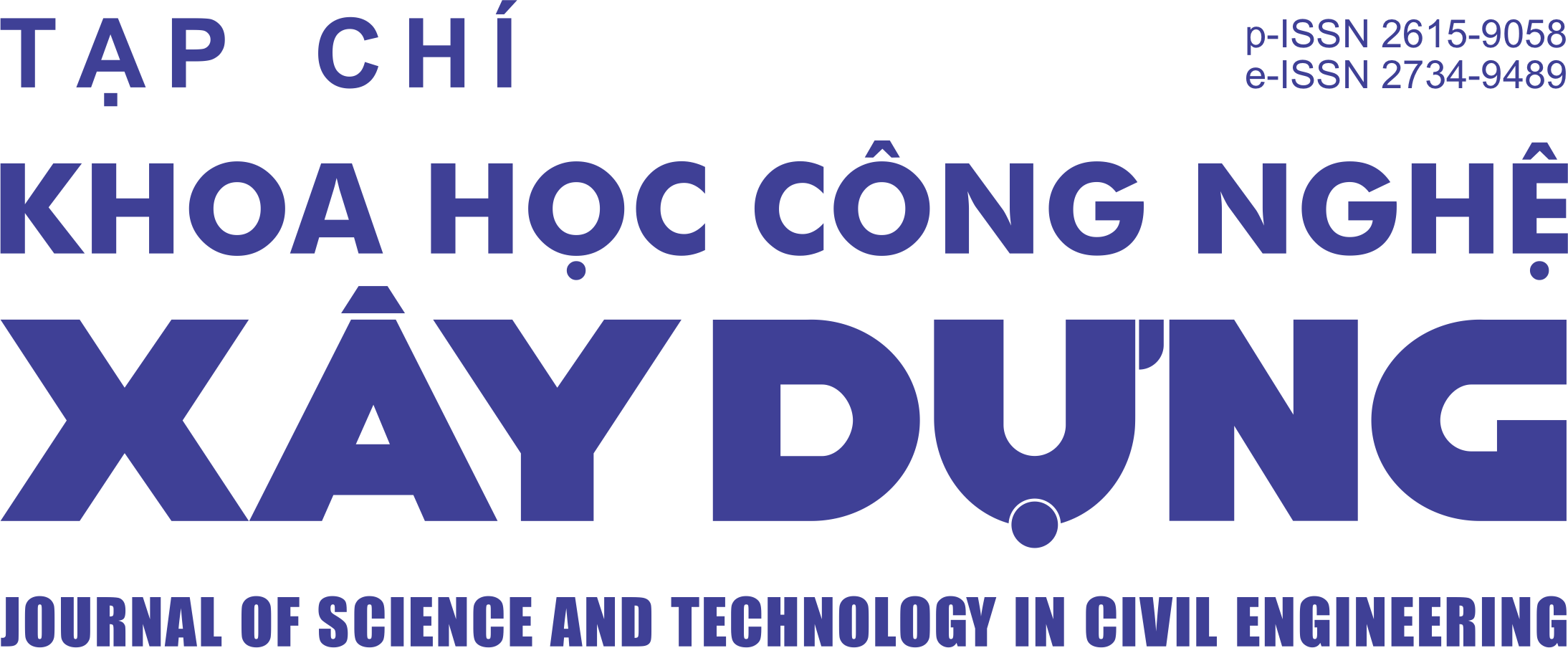Optimization of steel moment frames with panel-zone design using an adaptive differential evolution
Abstract
Optimization of steel moment frames has been widely studied in the literature without considering shear deformation of panel-zones which is well-known to decrease the load-carrying capacity and increase the drift of structures. In this paper, a robust method for optimizing steel moment frames is developed in which the panel-zone design is considered by using doubler plates. The objective function is the total cost of beams, columns, and panel-zone reinforcement. The strength and serviceability constraints are evaluated by using a direct design method to capture the nonlinear inelastic behaviors of the structure. An adaptive differential evolution algorithm is developed for this optimization problem. The new algorithm is featured by a self-adaptive mutation strategy based on the p-best method to enhance the balance between global and local searches. A five-bay five-story steel moment frame subjected to several load combinations is studied to demonstrate the efficiency of the proposed method. The numerical results also show that panel-zone design should be included in the optimization process to yield more reasonable optimum designs.
Keywords:
direct design; differential evolution; optimization; panel-zone; steel frame.
Downloads
Copyright (c) 2020 National University of Civil Engineering

This work is licensed under a Creative Commons Attribution-NonCommercial-NoDerivatives 4.0 International License.
1. The Author assigns all copyright in and to the article (the Work) to the Journal of Science and Technology in Civil Engineering (JSTCE) – Hanoi University of Civil Engineering (HUCE), including the right to publish, republish, transmit, sell and distribute the Work in whole or in part in electronic and print editions of the Journal, in all media of expression now known or later developed.
2. By this assignment of copyright to the JSTCE, reproduction, posting, transmission, distribution or other use of the Work in whole or in part in any medium by the Author requires a full citation to the Journal, suitable in form and content as follows: title of article, authors’ names, journal title, volume, issue, year, copyright owner as specified in the Journal, DOI number. Links to the final article published on the website of the Journal are encouraged.
3. The Author and the company/employer agree that any and all copies of the final published version of the Work or any part thereof distributed or posted by them in print or electronic format as permitted herein will include the notice of copyright as stipulated in the Journal and a full citation to the Journal as published on the website.







